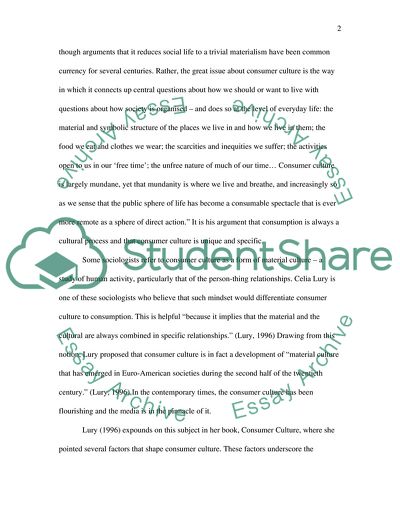Cite this document
(How is Magazine Publishing Part of the Consumer Culture Literature review, n.d.)
How is Magazine Publishing Part of the Consumer Culture Literature review. https://studentshare.org/media/1703580-how-is-magazine-publishing-part-of-consumer-culture
How is Magazine Publishing Part of the Consumer Culture Literature review. https://studentshare.org/media/1703580-how-is-magazine-publishing-part-of-consumer-culture
(How Is Magazine Publishing Part of the Consumer Culture Literature Review)
How Is Magazine Publishing Part of the Consumer Culture Literature Review. https://studentshare.org/media/1703580-how-is-magazine-publishing-part-of-consumer-culture.
How Is Magazine Publishing Part of the Consumer Culture Literature Review. https://studentshare.org/media/1703580-how-is-magazine-publishing-part-of-consumer-culture.
“How Is Magazine Publishing Part of the Consumer Culture Literature Review”. https://studentshare.org/media/1703580-how-is-magazine-publishing-part-of-consumer-culture.


